Trying to build a sklearn DecisionTreeRegressor, I'm following the steps listed here to create a very simple decision tree.
X_train = np.array([[100],[500],[1500],[3500]])
y_train = np.array([23, 43, 44, 55])
# create a regressor object
regressor = DecisionTreeRegressor(random_state = 0)
# fit the regressor with X and Y data
regressor.fit(X_train, y_train)
The model works fine when predicting values that would be in the X_train interval:
y_pred = regressor.predict([[700]])
print(y_pred)
>[43.]
However, when predicting, for values higher than the interval listed in X_train, the model only predicts the max value of y_train.
X_test = np.array([[4000], [10000]])
y_pred = regressor.predict(X_test)
print(y_pred)
>[55. 55.]
How could the regression be extended using the X_test data to predict values higher than the ones listed in X_test, so that it predicts following the trend it finds for the X_train interval?

